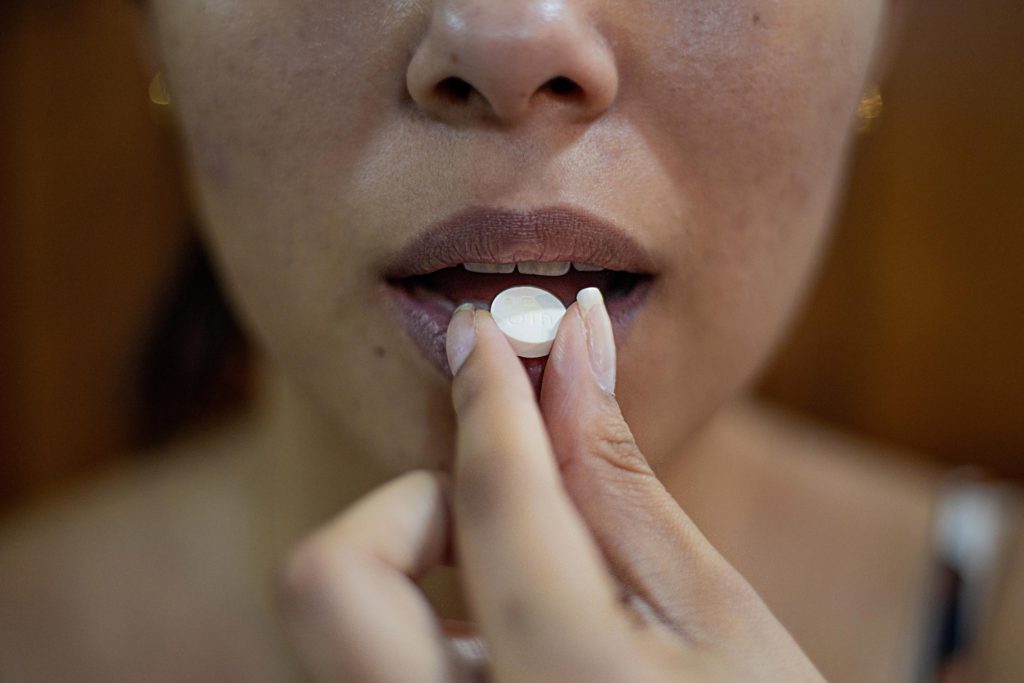How Long Does Oxycodone Stay in Your System?

Oxycodone has been on the market for several years. Several brand names include Dazidox, Endocodone, Oxaydo, Oxecta, OxyContin, Oxyfast, OxyIR, Percolone, Roxicodone and Xtampza ER. This medication is prescribed for patients who suffer from moderate to severe pain. However, it has been reported that oxycodone can be abused and commonly leads to overdose, resulting in serious side effects and potential death.
What Is Oxycodone?
Oxycodone is a narcotic pain reliever. When taken as prescribed by a doctor, oxycodone does not cause physical dependence, which means it does not lead to addiction. It is an opioid prescription drug that falls into the category of the most common medications used to treat pain caused by injuries and medical conditions such as cancer and diabetes, after acetaminophen and ibuprofen.
Oxycodone is a controlled substance that can be abused or lead to dependence. Oxycodone produces both mental and physical effects and is also referred to as an opioid (a central nervous system depressant) because it works by mimicking the action of naturally occurring chemicals called endorphins, which are found in the brain and spinal cord. These endorphins are responsible for reducing the sensation of pain.
The semi-synthetic opioid oxycodone is chemically structured like a narcotic and is one of the most potent pain relievers available. It may be prescribed for pain management in general, but it is more commonly used to treat chronic pain after injury, surgery, or other medical procedures.
How Long Does It Take To Feel the Effects of Oxycodone?
The amount taken for analgesia depends on the person. A doctor usually starts with a low dose and then increases it appropriately. The effects of oxycodone are felt about 15 minutes to 30 minutes after taking the pill. Compared with morphine, oxycodone has more sedative properties.
Oxycodone is taken orally and should be taken with food. It reaches peak concentrations in the bloodstream roughly an hour following ingestion. Extended and control-released formulations can take three to four hours to reach peak concentration. With time you may build tolerance.
How Long Does Oxycodone Stay in Your System?

The elimination half-life of oxycodone depends on the amount of drug taken, frequency of dosage and the individual metabolism rate. Immediate-release formulations have an average half-life of three hours, while controlled formulations have a longer half-life of about four to six hours. It will clear in 24 hours for most people but can still be detected in hair, saliva and urine. Hair follicle tests remain positive for several weeks after the last use.
The chemical makeup of oxycodone gives it an effect on the brain that mimics those of the endorphins. Oxycodone promotes the release of dopamine, which is a neurotransmitter that controls pain and relaxation. This chemical process can affect moods and emotions and may lead to changes in behavior when taken in excessive amounts.
Factors Influencing How Long Effects of Oxycodone Last
The life of oxycodone can vary in duration, depending on age, gender, alcohol, other medications, how long you have been taking it, and kidney and liver function.
Age
Older patients may need longer to clear oxycodone from their system. They have 15 percent higher blood concentrations of oxycodone compared to younger patients below age 65.
Gender
Oxycodone affects men and women differently. According to studied seen in Xtampza ER, oxycodone concentration was 25 percent higher in women than men. Blood tests showed that women had a higher peak concentration after taking the same dose of oxycodone.
Alcohol
Combining alcohol with oxycodone can cause the effects to be enhanced or prolonged and increases the risk of overdose. If you are taking oxycodone, avoid alcohol or at least be aware of the risks before taking them together. Alcohol is known to slow the metabolism of oxycodone. This can lead to an increase in the concentration of oxycodone in your bloodstream and can last longer when consumed with alcohol.
Liver Function
The liver is responsible for the metabolism of oxycodone from the body. If you have impaired liver function, the rate of metabolism of oxycodone may be slower, and its effects last longer.
Kidney Function
If your kidney function is impaired, it affects how your body processes and eliminates oxycodone from your body. Also, a decrease in kidney function can lead to the accumulation of oxycodone, and its effects on your body could be compromised.
Medications
Combining oxycodone with other medications may cause any of these prescribed medications to be more potent. This can lead to an overdose and an increased risk of experiencing adverse reactions to the prescribed medications. You should know all prescription conditions before taking oxycodone if you are taking or have taken other substances such as alcohol or benzodiazepines.
How Long You Have Been Taking Oxycodone
Oxycodone can accumulate in the fatty tissues of your body. This means the longer you take it, the longer it takes to clear from your body.
Formulation
Oxycodone is available in different doses. Taking a longer-acting formulation will cause it to stay longer.
Withdrawal Symptoms
Oxycodone causes respiratory depression or slows breathing, which may cause low blood oxygen levels in overdose. It may also cause agitation, nervousness, insomnia, nausea, vomiting, constipation, and/or diarrhea. Long-term use of oxycodone may lead to addiction and dependence on the drug.
These symptoms occur when you stop taking oxycodone abruptly without consulting a doctor. They do not necessarily mean addiction; they happen when your body has become dependent on the drug. Dependence is different from addiction as you become used to the presence of a drug that you will experience predictable symptoms if you stop taking.
Dependence occurs after several weeks of taking the drug consistently. The doctor may do tapering by reducing your dosage regularly to prevent symptoms. They can be classified as mild, moderate and severe. If you are experiencing symptoms, the doctor can help you.
Treatment
If you are experiencing these symptoms, visit Pomarri for urgent care. Many resources are available to help you get through withdrawal symptoms and addiction. Treatment includes professional counseling, medication, and medical care.
